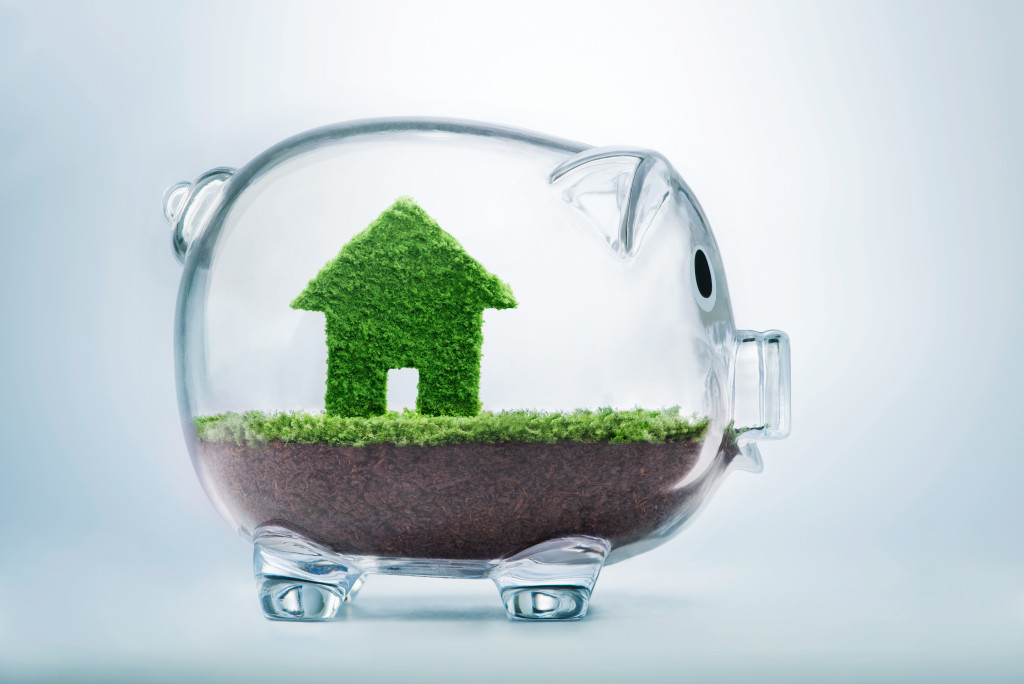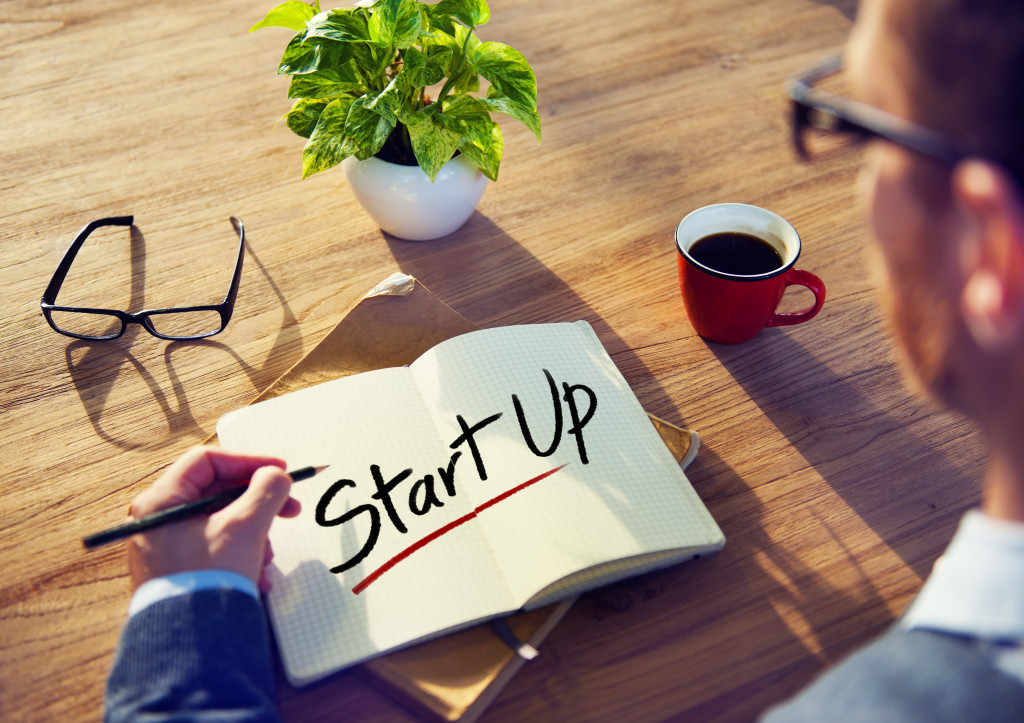As of 2019, there are over 7.7 billion people walking on planet Earth. Carbon dioxide levels have dramatically risen in the past decade. Even the United Nations predicts that the world might come to an end in 2030 because of how much we’ve abused nature.
Awareness is the first step to change, but taking action is the hard part. The first step to a long journey is always the hardest. Luckily, businesses have already created a process that aims to make an environmental impact. It’s called reverse logistics. More luckily is that the process has been automated into a software.
What is reverse logistics?
It is the process that aims to gather released products and materials either to reuse them or to dispose of them properly. The gathered materials can be refurbished or remanufactured for a different purpose. It was first introduced in 1992 over two decades ago. Not a lot of the businesses wanted to adopt the system because of how much resource and time will be allocated for its implementation.
What’s both sad and a little encouraging is that more manufacturing companies are starting to adopt the system. Whether it’s for genuine environmental concern or for good PR, we don’t know – but it’s a point for mother Earth nonetheless.
On the other hand, the reverse logistics system is also used to create a more efficient process in handling returned products. Having it automated allows the owner to analyze the data gathered from a number of returned products and come up with a solution that would ultimately save time and money.
The system also allows the business to retain its consumers by providing fast and satisfactory service. It also leads them to trust the company more because they feel like their needs are being heard.
What characteristics does the reverse logistics process instill in a business?
 1. It allows you to know your product inside and out.
1. It allows you to know your product inside and out.
Seeing the product from its early stages to its shipment, and back to its returned state, can really help a business get to know their product even more than they already do.
At this point, the product has gone through live performance and has shown results that probably did not come up during product testing. Knowing your product in and out can also influence a company into changing out some parts that can, in turn, have a better environmental impact.
2. It inspires creativity and innovation.
When a product is returned, one of the main goals is to maximize whatever value there’s left in it. This implies that it can either be repackaged and sold to a market for refurbished goods; torn apart and use the good parts for the development and production of new products, and the least priority is to dispose of them properly if it really has reached the end of its life cycle.
Generally, the reverse logistics system can help businesses capitalize on their product development as well as their overall supply chain model while still making a significant environmental impact. The shift to a greener world is on the rise, and hopefully, with innovative solutions, we can achieve that world.


